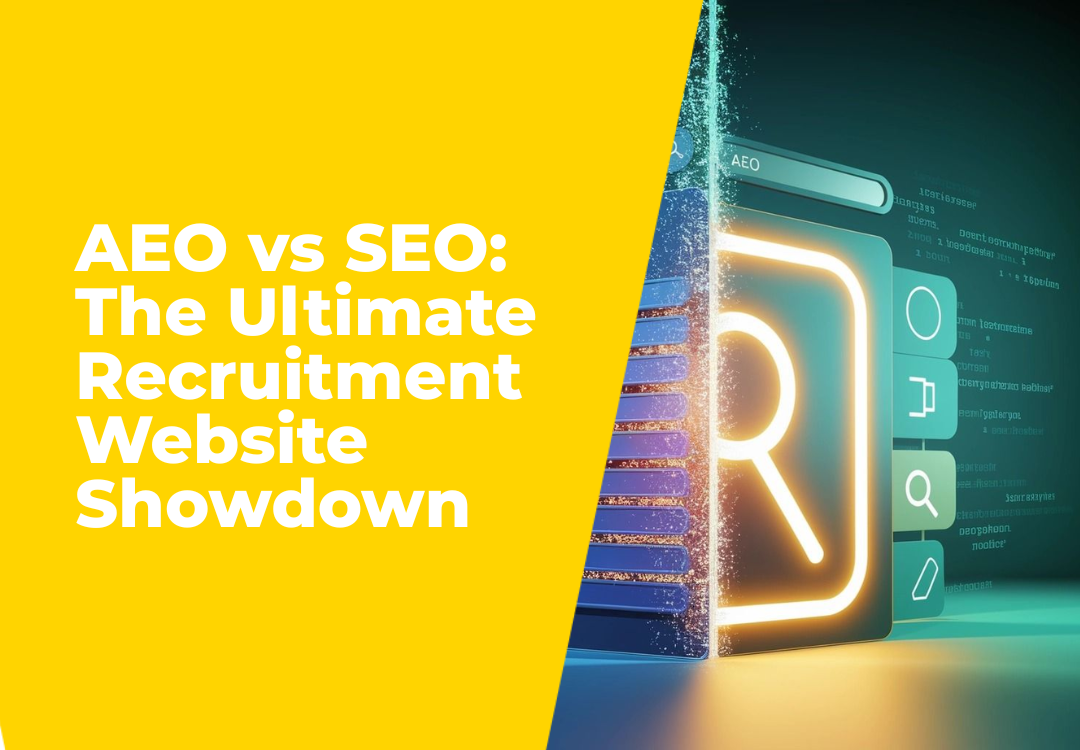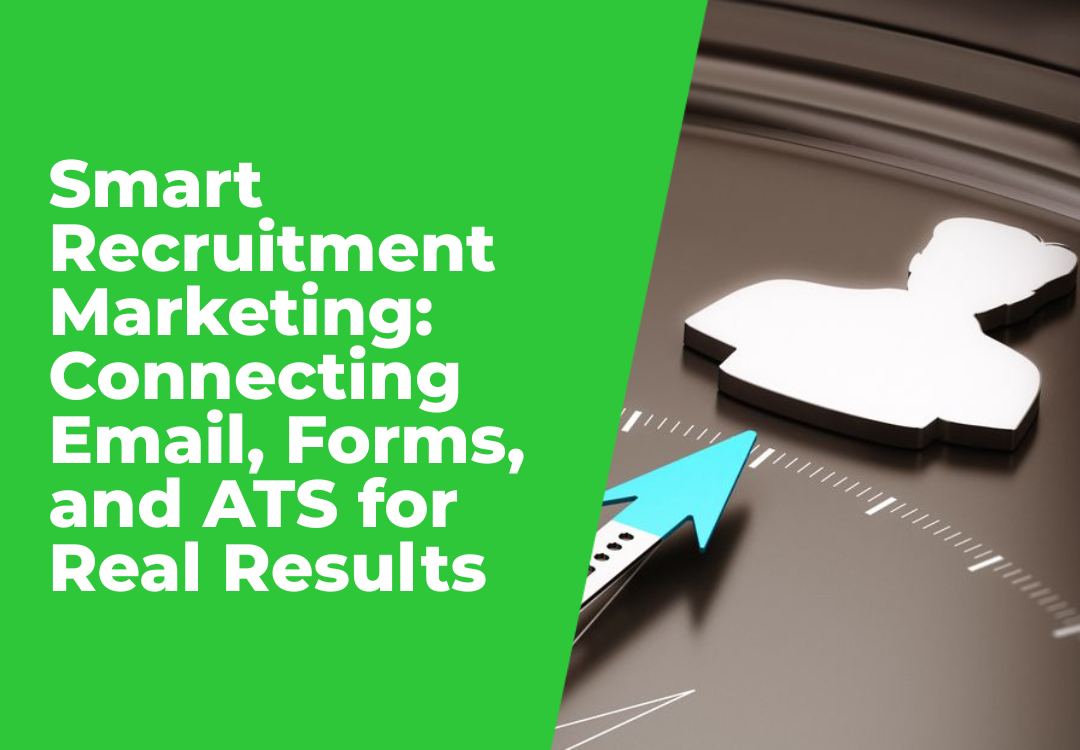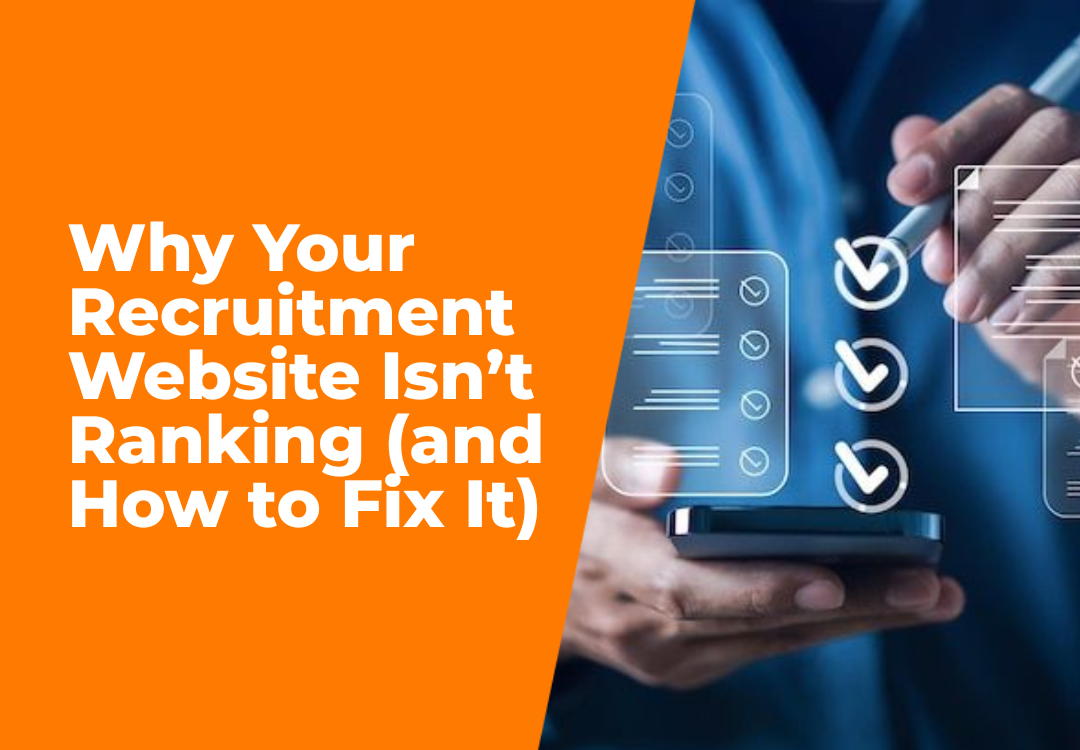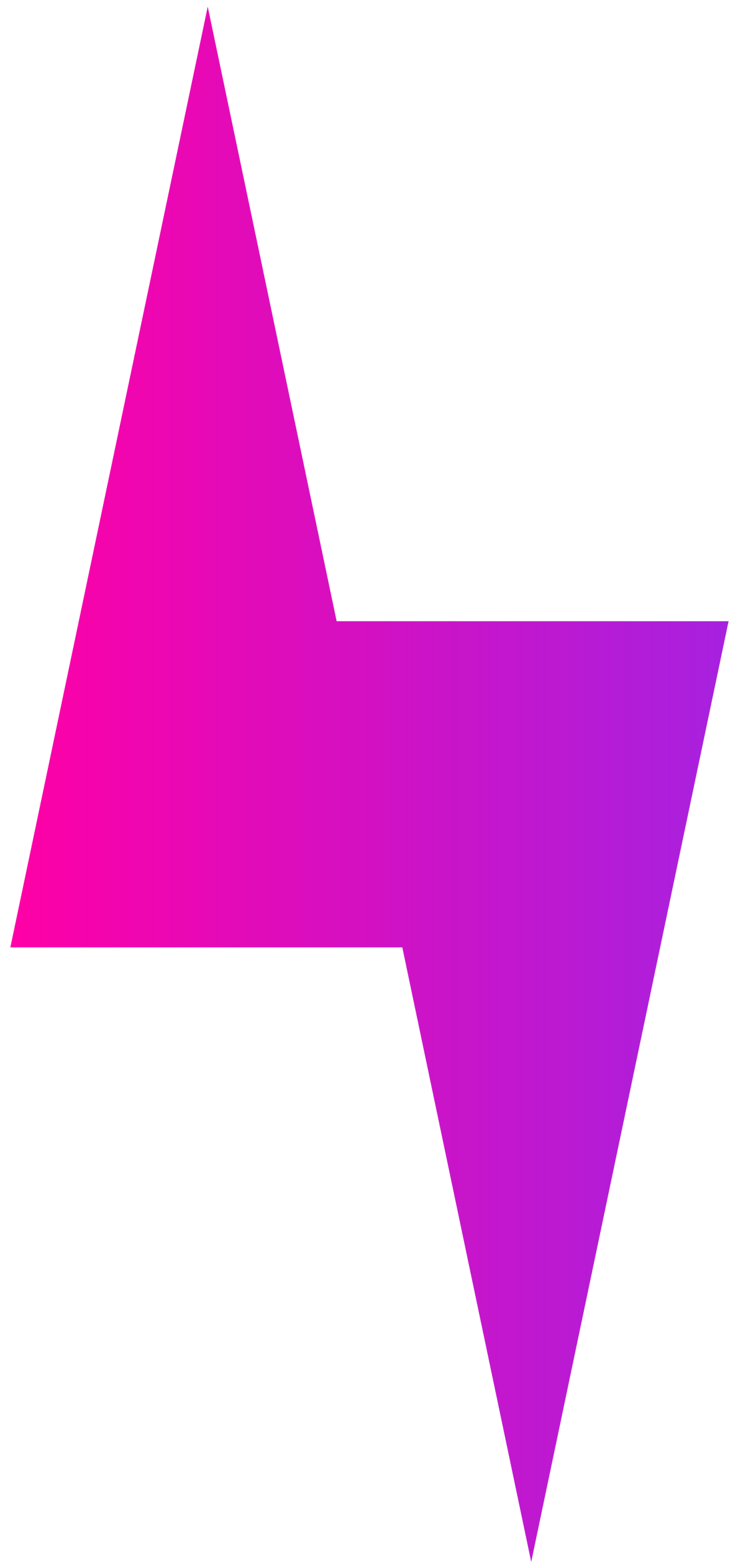The Secrets of Candidate Engagement and Marketing
Vishal Gupta • July 19, 2024
In today's competitive recruitment landscape, the ability to attract top talent and clients hinges on effective talent engagement and marketing strategies. It’s vital to delve into the intricacies of these strategies to ensure your agency stands out in the crowded marketplace. Shazamme, a leading recruitment website building platform, is here to guide you through the nuances of talent engagement and marketing, drawing from our expertise and industry best practices.

The Power of Talent Engagement
Talent engagement is more than just a buzzword—it's a crucial component of successful recruitment. Engaging with potential candidates in meaningful ways can significantly impact your ability to attract and retain top talent. But what does effective talent engagement look like?Personalized Communication
Tailoring your messages to resonate with individual candidates is essential. Use data to understand their preferences and pain points, and address them directly. At Shazamme, we offer tools that enable personalized communication at scale, ensuring that every candidate feels valued and understood.Consistent Interaction
Keeping the lines of communication open is vital. Regular updates about job opportunities, company culture, and industry news can keep potential candidates engaged. Shazamme’s platform allows for automated communication workflows, ensuring no candidate is left in the dark.Value-Driven Content
Providing content that adds value to candidates can set your agency apart. This could be through informative blog posts, webinars, or industry insights. Shazamme's customizable websites make it easy to publish and share valuable content that resonates with your audience.Building Relationships Through Engagement
Building strong relationships with candidates is critical to successful talent engagement. It's not just about keeping them informed but also about making them feel part of your community.- Interactive Platforms : Utilize platforms that allow for interaction, such as social media and online forums. Encourage candidates to participate in discussions, ask questions, and share their experiences.
- Feedback Loops : Create opportunities for candidates to provide feedback on their experience with your agency. Use this feedback to improve your processes and show candidates that their opinions matter.
- Personal Touches : Small gestures, like personalized thank you notes or check-ins, can go a long way in building loyalty and a sense of belonging among candidates.
Marketing Strategies to Attract Talent and Clients
Effective marketing is essential not just for attracting talent but also for drawing in clients. A well-crafted marketing strategy can position your agency as a thought leader and a go-to partner in the recruitment industry.Branding Your Agency
Your brand is the first impression candidates and clients will have of your agency. It's crucial to create a brand that reflects your values, mission, and the unique value proposition you bring to the table.Consistent Messaging
Ensure that your brand message is consistent across all platforms. This helps build trust and recognition. Shazamme’s platform provides tools to manage and maintain brand consistency across your website and digital channels.Visual Identity
Invest in a professional visual identity. This includes your logo, website design, and social media presence. Shazamme offers customizable templates that align with your brand’s visual identity, enhancing your professional appeal.Client Testimonials
Showcase testimonials from satisfied clients and successfully placed candidates to build credibility and trust. Shazamme’s website templates include dedicated sections for testimonials, making it easy to highlight your successes.Leveraging Digital Marketing
Digital marketing is an indispensable tool for modern recruitment agencies. From social media to email marketing, there are numerous ways to reach and engage with your target audience.Social Media Presence
Be active on platforms where your target candidates and clients spend their time. Share relevant content, engage in conversations, and use targeted ads to reach a broader audience. Shazamme integrates with social media platforms, allowing you to manage your presence effectively.Content Marketing
Create and share high-quality content that addresses the needs and interests of your audience. This can include blog posts, videos, infographics, and more. Shazamme’s platform supports various content formats, enabling you to engage your audience with diverse media.SEO Optimization
Ensure that your website is optimized for search engines. Use relevant keywords, create valuable content, and build backlinks to improve your site's visibility. Shazamme provides SEO tools and guidance to help you rank higher in search results.Email Marketing
Email marketing remains one of the most effective ways to engage with both candidates and clients. Regular newsletters, personalized updates, and targeted campaigns can keep your audience informed and engaged.- Segmented Lists : Use segmented email lists to send targeted messages that are relevant to the recipient’s interests and needs.
- Automated Campaigns : Automate your email campaigns to ensure timely communication without the manual effort. Shazamme’s platform can integrate with your email marketing tools for seamless operation.
Measuring Success
It's essential to measure the success of your talent engagement and marketing efforts. This allows you to refine your strategies and ensure you're getting the best return on your investment.Analytics Tools
Use tools like Google Analytics to track website traffic, user behavior, and conversion rates. Shazamme’s platform includes built-in analytics, offering insights into your website’s performance and user engagement.Key Performance Indicators (KPIs)
Define KPIs that align with your goals. These could include the number of applications received, the quality of candidates, and client satisfaction rates. Shazamme’s dashboard allows you to monitor and analyze these KPIs effectively.Feedback Mechanisms
Collect feedback from candidates and clients to understand their experiences and identify areas for improvement. Shazamme’s platform supports feedback forms and surveys, making it easy to gather and act on feedback.Optimizing Your Strategies Based on Data
Data-driven decision-making is crucial for optimizing your engagement and marketing strategies. Regularly review your analytics and feedback to make informed adjustments.- A/B Testing : Implement A/B testing for your marketing campaigns to determine what resonates best with your audience.
- Performance Reviews : Conduct regular performance reviews of your strategies and campaigns to identify areas of improvement.
- Continuous Improvement : Use insights from your data to continuously refine and improve your engagement and marketing efforts.
The Role of Technology
At Shazamme, we understand the importance of leveraging technology to enhance talent engagement and marketing efforts. Our recruitment website building platform is designed to provide you with the tools you need to succeed.Customizable Templates
Create a website that reflects your brand and meets the needs of your audience. Shazamme offers highly customizable templates that allow you to tailor your website’s look and feel to your brand identity.Integration Capabilities
Seamlessly integrate with platforms like Avionte to streamline your recruitment process. Shazamme’s integration capabilities ensure that your tech stack works together harmoniously, enhancing efficiency.Data-Driven Insights
Use our platform's analytics features to gain insights into your audience and refine your strategies. Shazamme provides detailed analytics and reporting tools, helping you make data-driven decisions.AI-Powered Tools
Incorporate AI-powered tools to automate and enhance various aspects of your recruitment process. Shazamme’s platform includes AI functionalities for candidate matching, chatbots for initial candidate interactions, and predictive analytics to forecast recruitment trends.Mobile Optimization
With a growing number of candidates using mobile devices, having a mobile-optimized website is crucial. Shazamme ensures that your recruitment website is fully responsive, providing a seamless experience across all devices.Responsive Design
Our templates are designed to adapt to different screen sizes and devices, ensuring that candidates can access your website easily from their smartphones or tablets.Mobile-Friendly Features
Incorporate features that enhance the mobile experience, such as click-to-call buttons, easy navigation, and mobile-optimized application forms.Client Success Stories
Our clients have experienced significant benefits from leveraging Shazamme’s platform. Here are some success stories that highlight the impact of effective talent engagement and marketing:- Increased Applications : One client saw a 25% increase in job applications within three months of launching their new Shazamme-powered website.
- Enhanced Client Retention : Another client reported a 30% improvement in client retention rates after implementing personalized communication strategies facilitated by our platform.
- Improved Candidate Quality : By leveraging our AI-powered candidate matching, a client successfully increased the quality of their candidate pool, resulting in better job placements.
Conclusion
Effective Candidate engagement and marketing are crucial for attracting top talents. By focusing on personalized communication, consistent interaction, and value-driven content, you can build strong relationships with candidates and clients alike. Leveraging digital marketing and technology, you can position your agency as a leader in the recruitment industry. At Shazamme, we're committed to helping you achieve your goals with our advanced platform and expertise.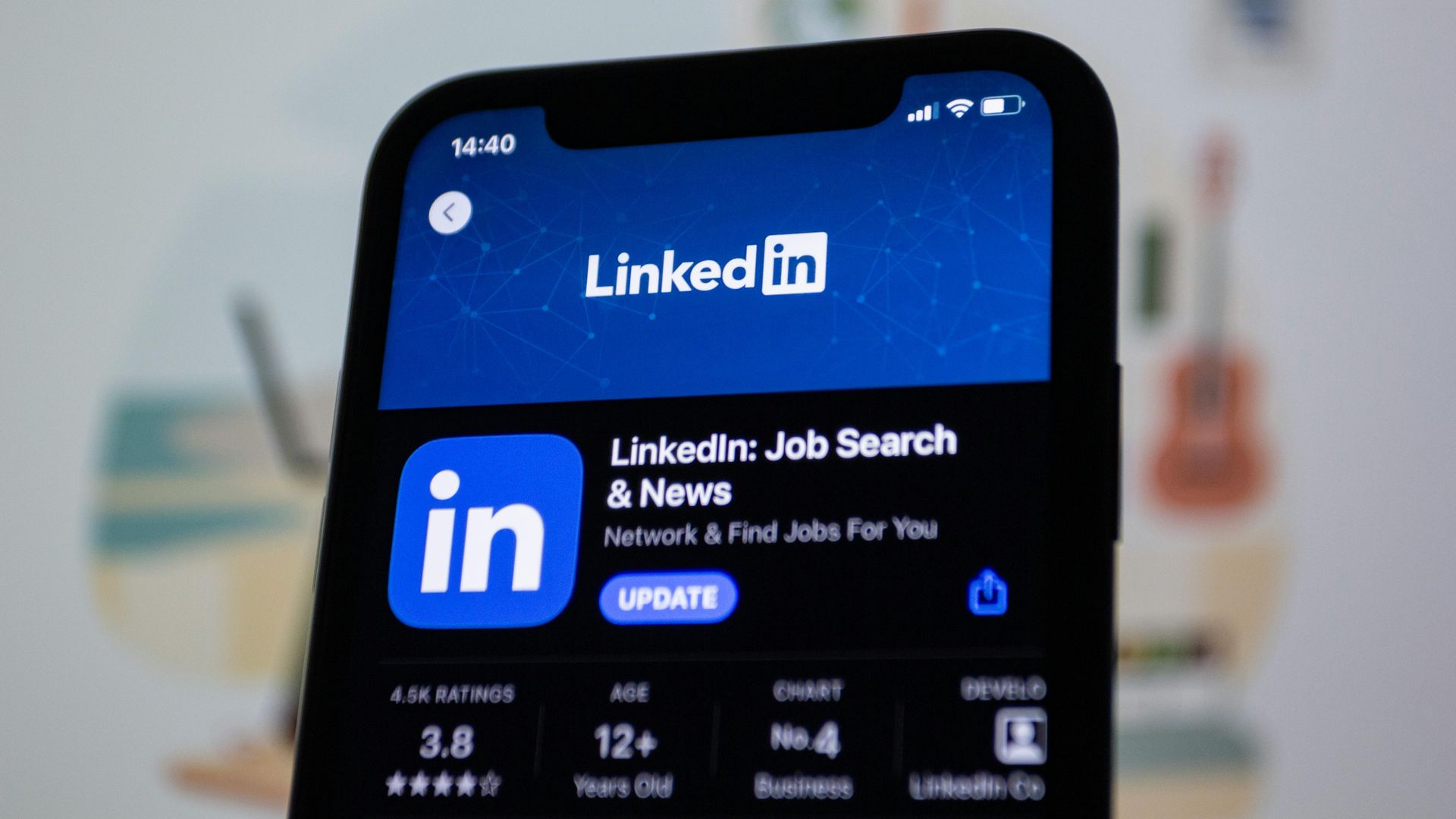
By Nicole Clarke
•
October 28, 2025
How to Track Your LinkedIn Leads (and Finally See What’s Working) Most recruitment agencies post regularly on LinkedIn, but few actually know what’s working. You might get great engagement, but how do you know if those likes and clicks are turning into new clients or candidate enquiries? If you’re not tracking your leads, you’re flying blind. The good news is that it’s incredibly easy to fix. You just need a simple setup using UTM tracking and Google Analytics (GA4) . Here’s how to do it properly so you can see exactly which posts, people, and campaigns are driving real results. Step 1: Add UTM Links to Every LinkedIn Post Whenever you share a link on LinkedIn, whether it’s to a job, a blog, other content or a “book a demo” page etc you should add a little bit of tracking code at the end of your URL. This code is called a UTM , and it tells you exactly where your traffic came from once people land on your website. Example: https://www.xyzrecruitment.com/book-demo?utm_source=linkedin&utm_medium=social&utm_campaign=demo_launch&utm_content=post1 Here’s what each tag means: utm_source=linkedin → tells you the traffic came from LinkedIn utm_medium=social → identifies it as an organic social post utm_campaign=demo_launch → labels your specific campaign utm_content=post1 → helps you see which post or person shared it You can use Google’s free Campaign URL Builder to generate these in seconds. Step 2: Use Tagged Links in Every Post and Profile Once you’ve created your UTM-tagged links, use them everywhere you share links from LinkedIn: Company updates Recruiter and consultant posts LinkedIn articles or newsletters Comments and DMs If multiple people in your team are posting, give each person their own UTM content tag (for example: utm_content=sarah_post or utm_content=liam_article ) so you can easily see who’s driving the most traffic or conversions. Step 3: Track the Results in Google Analytics 4 With your UTM links live, it’s time to see what’s working. In Google Analytics (GA4) , go to: Reports → Acquisition → Traffic Acquisition Filter by: Source / Medium = linkedin / social Now you’ll see: How many visitors came from LinkedIn Which pages they viewed Whether they filled out a form, booked a demo, or applied for a role That’s how you finally connect your LinkedIn activity to actual business outcomes. Step 4: If You Run Paid Ads — Connect LinkedIn to GA4 If you’re also running LinkedIn Ads , connect your LinkedIn Campaign Manager to GA4 . This gives you the complete picture, not just clicks and impressions, but which ads and audiences are driving conversions. Step 5: Create a Simple Dashboard Once you’re tracking everything, pull it together in a Google Looker Studio (Data Studio) dashboard. You’ll get a clear visual of: Traffic from LinkedIn (organic + paid) Conversions by campaign Which recruiters generate the most leads Your overall ROI from LinkedIn It’s simple, visual, and finally gives you proof of what’s working. Why This Matters for Recruitment Agencies Without UTM tracking, your LinkedIn traffic shows up in Google Analytics as “direct” or “referral”, which tells you nothing. With proper tracking, you’ll know: Which campaigns or posts bring in new client leads Which recruiters or consultants drive the most engagement What content types actually convert It’s not about guessing, it’s about growing with real data. Quick Recap Step 1: Add UTM links to every LinkedIn post — Tracks traffic accurately Step 2: Use consistent naming — Keeps your data clean Step 3: Check GA4 reports — See conversions clearly Step 4: Connect LinkedIn Ads — Measure full ROI Step 5: Build a dashboard — See what’s working at a glance Final Tip Consistency is key! One untagged link can throw off your data. Once you start tracking properly, you’ll quickly see which content drives leads and where to focus your marketing energy next. If you’d like help setting up UTM links or building a simple LinkedIn-to-GA4 dashboard, contact the team at www.shazamme.com we can show you exactly how to do it right!

